Art Deco buildings in Dundee are part of the city’s colourful architectural history.
While the city is sometimes criticised for the quality of the buildings in the city centre, many delight in its superb Victorian heritage, from ornate jute mansions to more humble tenement blocks.
An often overlooked part of the city’s architectural scene is its Art Deco buildings.
Art Deco, influenced by Egypt, was widely adopted throughout Europe and the USA in the 1930s.
Geometric shapes, bright colours, symmetry, vertical design elements, flat roofs, high quality materials, and continuous glass bands are among its many hallmarks.
Here’s some notable examples in the city you may be familiar with…
Marks & Spencer
The first Scottish M&S opened in Dundee in 1918 but it wasn’t until 1936 that the firm moved into the Art Deco building that would be its home for the best part of a century.
When it opened there was an Art Deco coffee shop on the ground floor, although it was later torn out and replaced by a food hall.
M&S moved to a new site in Gallagher Retail Park two years ago and the Murraygate building now faces an uncertain future.
Woolworths
On the opposite side of the road and farther along the Murraygate from M&S is the former Woolworths building.
Woolies opened in Dundee in 1924 and the building was updated with a three-storey Art Deco frontage in 1939.
Following the store’s move to the Wellgate, John Menzies moved across the road into the Woolworths store in 1984, with the opening being conducted by the unlikely duo of Darth Vader and Bertie Bassett.
It later became a Tesco.
Magnum House
Magnum House was originally the Scottish Co-Operative Wholesale Society’s Dundee premises.
The Seagate building was built in 1934 to a design by Co-Op architect Cornelius Armour. A datestone featuring a carving of a ship sit above its main entrance.
It was converted into flats in 1992.
Green’s Playhouse
Opened on March 4, 1936, the huge and luxurious Green’s Playhouse was one of the city’s most prominent Art Deco buildings.
Designed by architect John Fairweather, its stalls auditorium was thought to be the largest in Europe at the time. Its total capacity of 4,123 was only 100 short of Glasgow’s Green’s Playhouse – the largest cinema ever built in Europe.
In its March 3 edition the Evening Telegraph wrote: “First impressions on viewing the interior of the Playhouse are of amazement that such a compact building should contain the tremendous number of 4100 seats.
“Short of conscientiously counting each and every fauteil, one would almost doubt that the capacity was so great; but it is vouched for, not only by George Green, Ltd., but by the city officials’ reports to the Works Committee.”
In 1968 Green’s Playhouse became a Mecca bingo hall. Following a fire and subsequent rebuilding in 1994 only the original tower remains today.
Mills Observatory
Opening its doors for the first time in 1935, Mills Observatory was the UK’s first public built observatory.
Dundee businessman John Mills directed that his estate should finance the construction of the new observatory, which was designed by city architect James MacLellan Brown in collaboration with Scotland’s Astronomer Royal Professor Ralph Allan Sampson.
Remarkably, its near-century old dome is made of papier-mâché and can be rotated by hand using a handle inside.
Last year saw the observatory threatened with closure due to Dundee City Council’s need to save costs. However, a £50,000 donation from a Dundee space technology company has rescued the observatory – for now, at least.
Franks Wine and Pasta Bar
The glamourous brasserie-style Franks Wine and Pasta Bar, which opened on Nethergate in 2021, is housed in another eye-catching Art Deco building in Dundee.
The listed building, erected in the 1930s, was once occupied by the much-missed legendary Draffens department store, before it was taken over by Debenham’s in 1981.
Draffen’s was a landmark department store and stylish meeting place which numbered the late Queen Mother among its customers.
A “secret” speakeasy bar, named after the glamourous department store, can be found in the basement of the building – entered through a hidden side door down an alley.
Urban Beach
The former beach shelter, which sits on the Esplanade in Broughty Ferry, was built in 1934.
The listed Art Deco-style building, which provided public toilets, featured brick walls, a flat concrete roof and decorative wrought iron grilles.
It was turned into a modern and stylish restaurant known as The Glass Pavilion in 2005.
It was significantly altered with the addition of a curved glass front extension to the south, creating the main dining area which overlooks the beach.
The popular venue has changed hands multiple times over the years and is now known as Urban Beach.
St Mary’s RC Primary School
Although St Mary’s RC Primary School in Lochee was built in the 1930s, the history of the school goes way back.
It started in 1859 when the Sisters of Mercy from Derry settled nearby in Wellburn and opened a schoolroom for the local children.
As the number of students grew while education became compulsory in the 1870s, the single room soon became overcrowded.
It was decided that a new premises should be built in a more “central location”.
St Mary’s RC Primary School on St Mary’s Lane now houses more than 300 pupils.
The adjacent church hall is another Art Deco-style building.
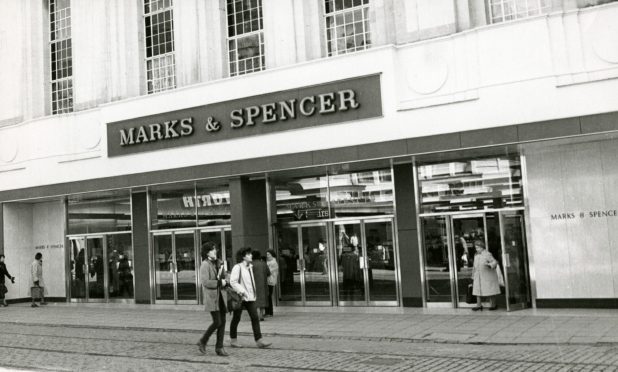
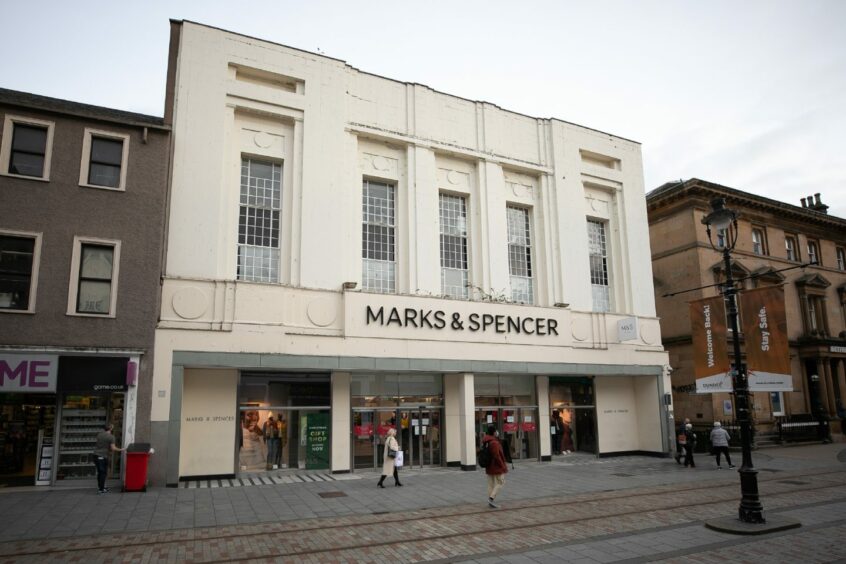
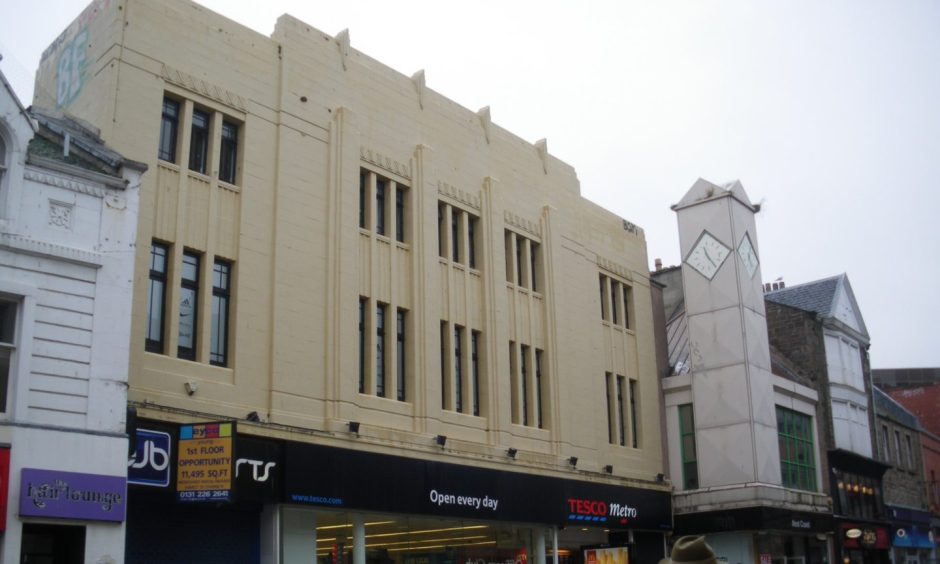
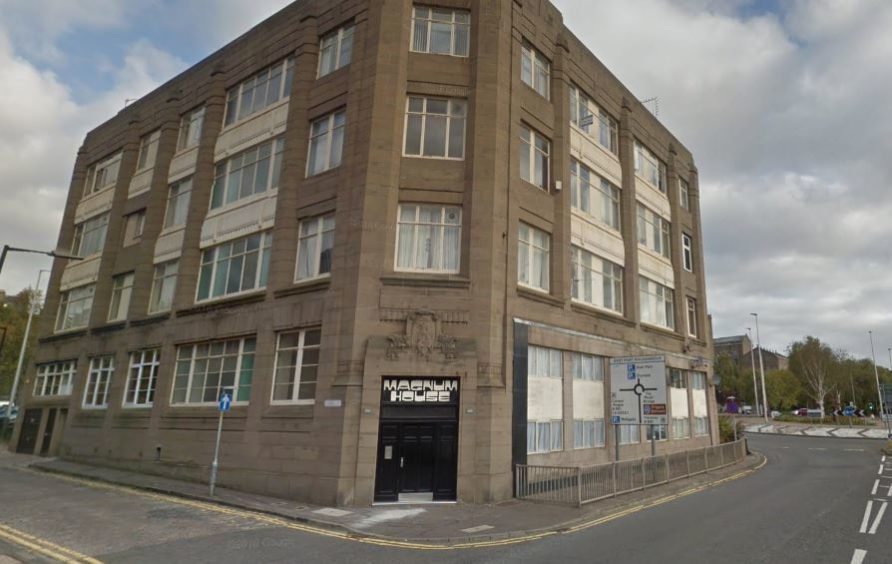
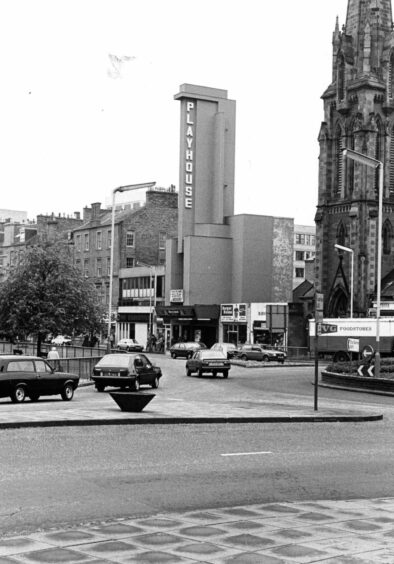
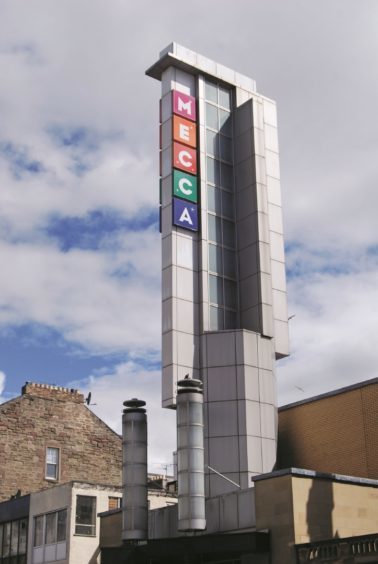
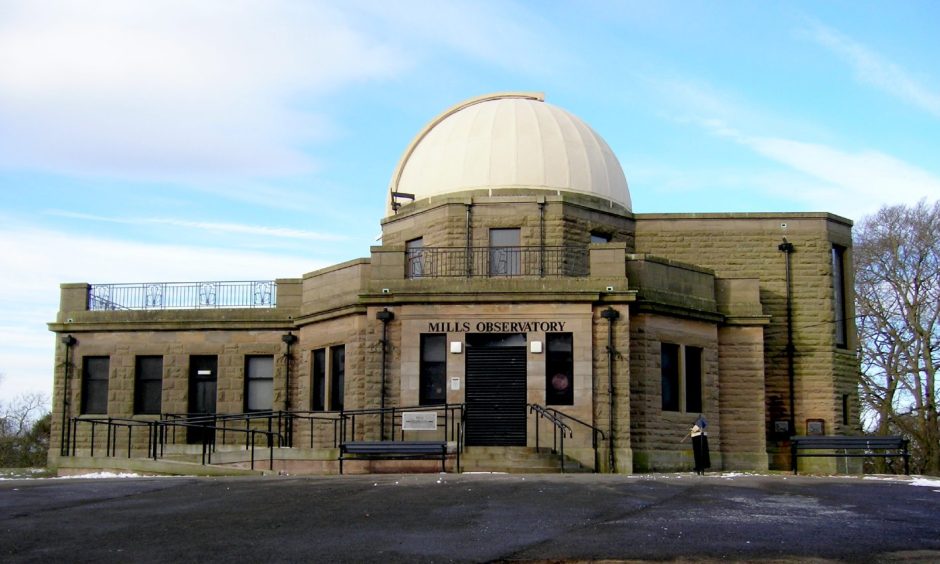
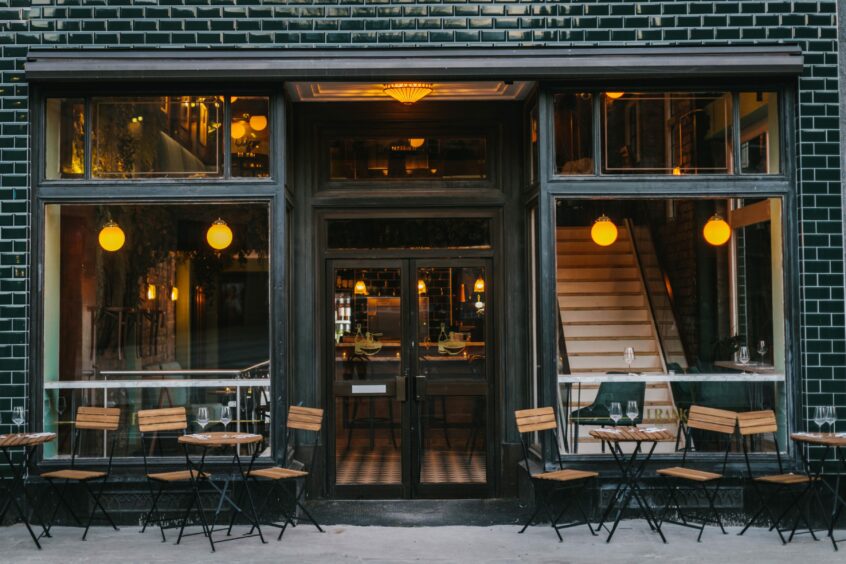
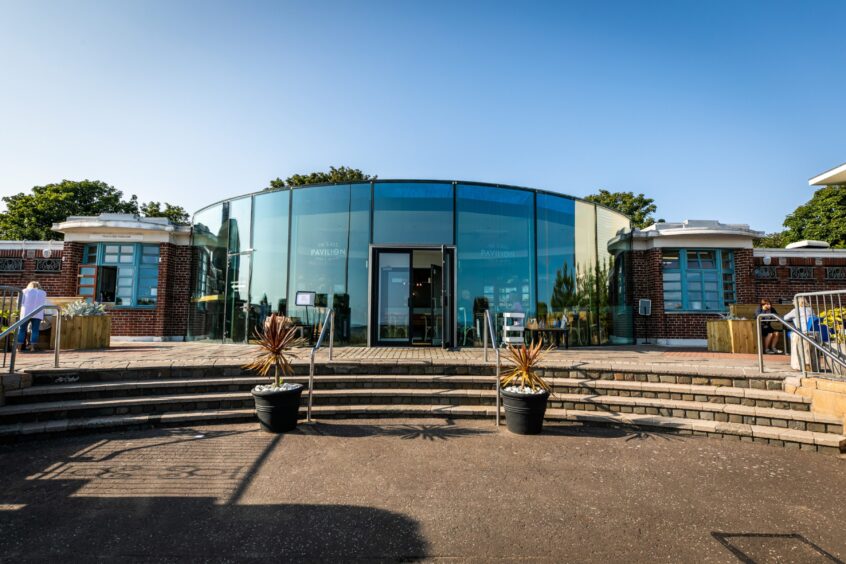
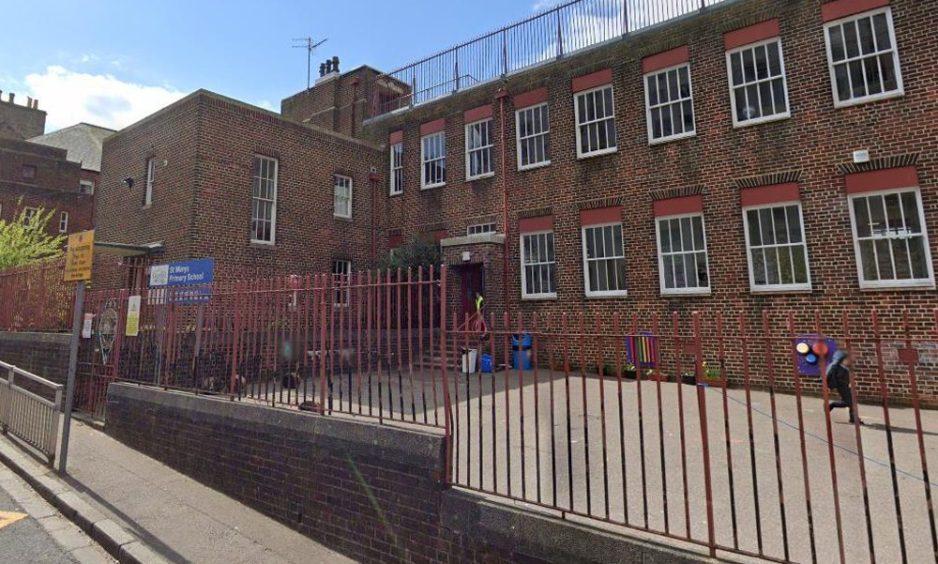
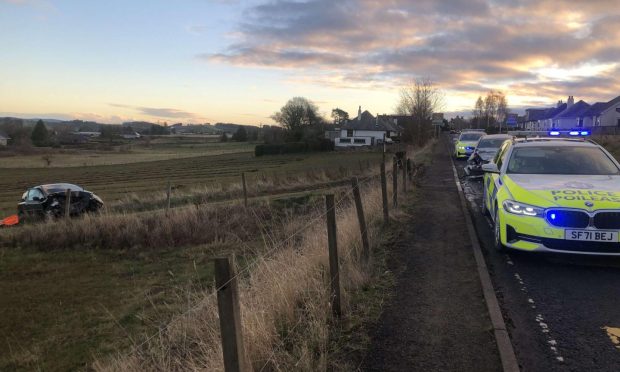
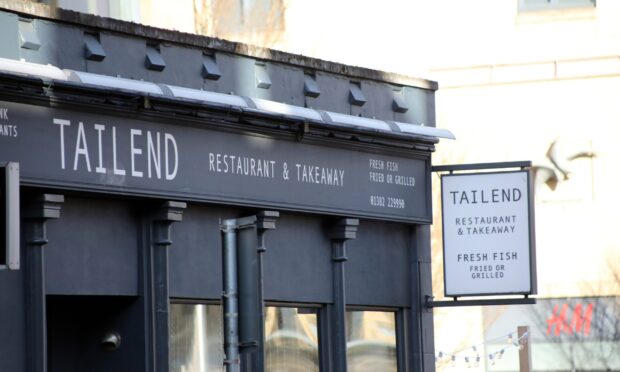
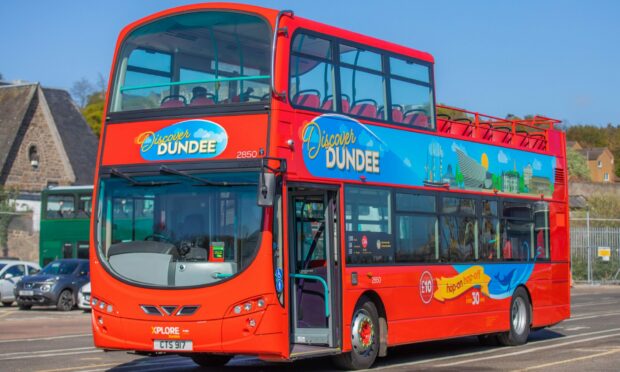

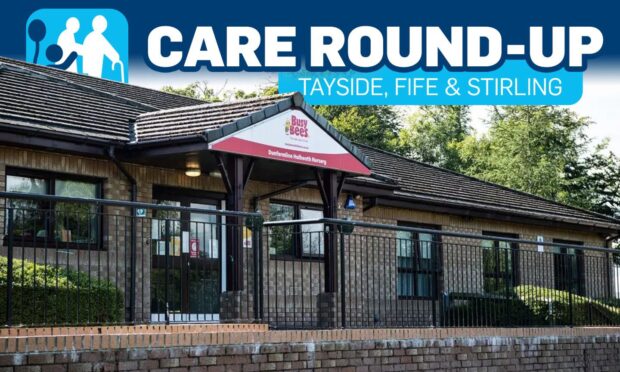



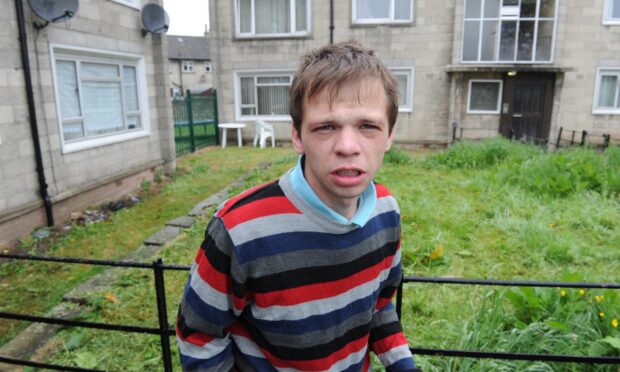

Conversation